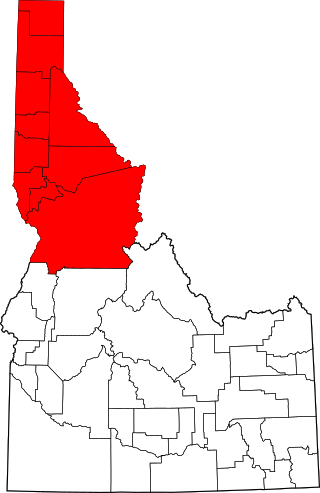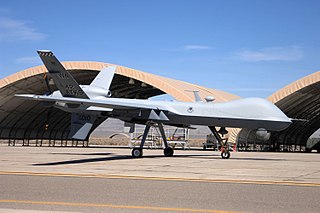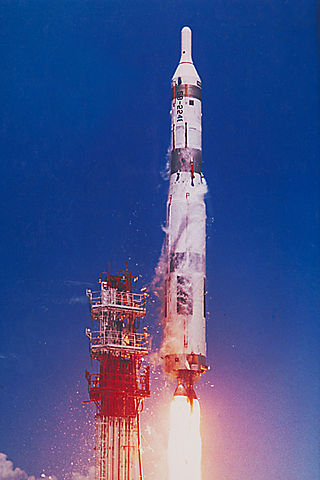Related Research Articles

Glenn Hammond Curtiss was an American aviation and motorcycling pioneer, and a founder of the U.S. aircraft industry. He began his career as a bicycle racer and builder before moving on to motorcycles. As early as 1904, he began to manufacture engines for airships. In 1908, Curtiss joined the Aerial Experiment Association, a pioneering research group, founded by Alexander Graham Bell at Beinn Bhreagh, Nova Scotia, to build flying machines.

The ERCO Ercoupe is an American low-wing monoplane aircraft that was first flown in 1937. It was originally manufactured by the Engineering and Research Corporation (ERCO) shortly before World War II; several other manufacturers continued its production after the war. The final model, the Mooney M-10, first flew in 1968 and the last model year was 1970. It was designed to be the safest fixed-wing aircraft that aerospace engineering could provide at the time, and the type continues to enjoy a faithful following.

Engineering and Research Corporation (ERCO) was started by Henry Berliner in 1930. Berliner was the son of Emile Berliner, who had patented numerous inventions relating to sound and acoustics, and pioneer of helicopter development with the experimental Berliner Helicopter.

The Museum of Flight is a private non-profit air and space museum in the Seattle metropolitan area. It is located at the southern end of King County International Airport in the city of Tukwila, immediately south of Seattle. It was established in 1965 and is fully accredited by the American Alliance of Museums. As the largest private air and space museum in the world, it also hosts large K–12 educational programs.

The Avro Anson is a British twin-engine, multi-role aircraft built by the aircraft manufacturer Avro. Large numbers of the type served in a variety of roles for the Royal Air Force (RAF), Fleet Air Arm (FAA), Royal Canadian Air Force (RCAF), Royal Australian Air Force and numerous other air forces before, during, and after the Second World War.

The Vultee BT-13 Valiant is an American World War II-era basic trainer aircraft built by Vultee Aircraft for the United States Army Air Corps, and later US Army Air Forces. A subsequent variant of the BT-13 in USAAC/USAAF service was known as the BT-15 Valiant, while an identical version for the US Navy was known as the SNV and was used to train naval aviators for the US Navy and its sister services, the US Marine Corps and US Coast Guard.

The Beechcraft Model 17 Staggerwing is an American biplane with an atypical negative wing stagger. It first flew in 1932.

The C-82 Packet is a twin-engine, twin-boom cargo aircraft designed and built by Fairchild Aircraft. It was used briefly by the United States Army Air Forces and the successor United States Air Force following World War II.

The Idaho panhandle—locally known as North Idaho, Northern Idaho, or simply the Panhandle—is a salient region of the U.S. state of Idaho encompassing the state's 10 northernmost counties: Benewah, Bonner, Boundary, Clearwater, Idaho, Kootenai, Latah, Lewis, Nez Perce, and Shoshone. The panhandle is bordered by the state of Washington to the west, Montana to the east, and the Canadian province of British Columbia to the north. The Idaho panhandle, along with Eastern Washington, makes up the region known as the Inland Northwest, headed by its largest city, Spokane, Washington.

Forrest Morton Bird was an American aviator, inventor, and biomedical engineer. He is best known for having created some of the first reliable mass-produced mechanical ventilators for acute and chronic cardiopulmonary care.

The Beechcraft Model 18 is a 6- to 11-seat, twin-engined, low-wing, tailwheel light aircraft manufactured by the Beech Aircraft Corporation of Wichita, Kansas. Continuously produced from 1937 to November 1969, over 9,000 were built, making it one of the world's most widely used light aircraft. Sold worldwide as a civilian executive, utility, cargo aircraft, and passenger airliner on tailwheels, nosewheels, skis, or floats, it was also used as a military aircraft.

Creech Air Force Base is a United States Air Force (USAF) command and control facility in Clark County, Nevada used "to engage in daily Overseas Contingency Operations …of remotely piloted aircraft systems which fly missions across the globe." In addition to an airport, the military installation has the Unmanned Aerial Vehicle Battlelab, associated aerial warfare ground equipment, and unmanned aerial vehicles of the type used in Afghanistan and Iraq. Creech is the aerial training site for the USAF Thunderbirds and "is one of two emergency divert airfields" for the Nevada Test and Training Range.

The Musée de l'air et de l'espace is a French aerospace museum, located at the south-eastern edge of Paris–Le Bourget Airport, north of Paris, and in the commune of Le Bourget. It was inaugurated in 1919 after a proposal by the celebrated aeronautics engineer Albert Caquot (1881–1976).

The Bristol Fairchild Bolingbroke is a maritime patrol aircraft and trainer used by the Royal Canadian Air Force during the Second World War. Produced by Fairchild-Canada, it was a license-built version of the Bristol Blenheim Mk IV bomber.

The Percival Proctor is a British radio trainer and communications aircraft of the Second World War. The Proctor is a single-engined, low-wing monoplane with seating for three or four, depending on the model.

The 569th Strategic Missile Squadron is an inactive United States Air Force unit. It was last assigned to the 9th Strategic Aerospace Wing at Mountain Home Air Force Base, Idaho. It was equipped with the first-generation SM-68 Titan I intercontinental ballistic missile, with a mission of nuclear deterrence. The squadron was inactivated as part of the phaseout of the Titan I ICBM on 25 June 1965.

The China Aviation Museum is an aviation museum located in Beijing, China. It is affiliated with the People's Liberation Army Air Force and co-sponsored by the Aviation Industry Corporation of China. The museum is a national first-class museum accredited by the National Cultural Heritage Administration.

The Douglas DC-2 is a 14-passenger, twin-engined airliner that was produced by the American company Douglas Aircraft Company starting in 1934. It competed with the Boeing 247. In 1935, Douglas produced a larger version called the DC-3, which became one of the most successful aircraft in history.
Ulyanovsk Aircraft Museum, also known as Muzey Grazhdanskoy Aviatsii or Museum of the History of Civil Aviation, is a public museum that displays Soviet aircraft which are retired from service, and exhibits over 4000 items.It is located next to the Ulyanovsk Baratayevka Airport in Ulyanovsk, Russia. The museum is owned by the Ulyanovsk Institute of Civil Aviation.
References
- 1 2 3 Bird Museum
- 1 2 Museum Review
- ↑ "Bird Aviation Museum & Invention Center". Visit Idaho. Retrieved 11 November 2014.
- ↑ "Bird Aviation Museum & Invention Center". Visit Sandpoint, Idaho. Retrieved 11 November 2014.